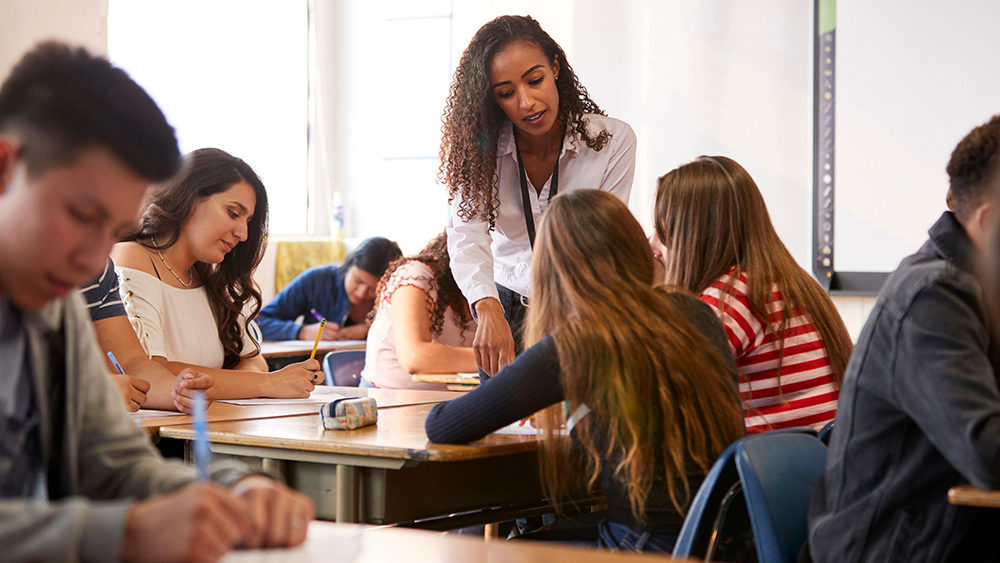Following Visits to 30 Charter Schools Around The Country, Researchers Offer In-depth Analysis Of How Some Charter School Leaders Are Using Their Flexibility To Put Students With Disabilities At The Center Of Everything They Do – And How Others Can Do The Same
This week, The Center for Learner Equity (the Center) and the Center on Reinventing Public Education (CRPE) released a report that brings fresh insight into how charter schools are working to improve education for students with disabilities.
12 months ago, our teams hit the road to visit 30 charter schools that either showed promising results among students with disabilities or had committed to implementing strategies to improve special education. We observed classrooms, and interviewed parents, teachers and administrators. When our researchers returned home, we analyzed the data and produced this report to help all schools– charters and traditional public– improve outcomes for students with disabilities.
One thing we can’t emphasize enough is the value of school leaders digging into data to understand the experiences of students with disabilities. To be able to effectively offer the supports and services these students need, we have to understand the challenges they face, and the data is all here.
The good news is that there are many charter schools using their flexibility to put students with disabilities at the center of everything they do, and when there is collaboration with teachers and parents and a culture where these issues are a priority– they get results. And while all schools don’t have the flexibility that some charters do, there are best practices that can be applied.
As a critical first step, schools and district leaders must prioritize students with disabilities and the relationships with their families– in resource allocation, hiring practices, and support structures. But we also need to encourage schools to do more– to try new ways to breakthrough. Every school is different and we can all benefit from new experiences with how to improve outcomes for all students.
With typical proficiency rates around 20 percent and graduation rates short of 70 percent, too many students with disabilities still lag far behind their peers. Too many students are still not getting the emotional and social support they need. Far too many students graduate ill-prepared to succeed after high school.
We hope this report spurs new, innovative thinking while also laying out the roadmap for leaders who will take action to make a schoolwide commitment to serving every student’s unique needs, and ensuring students with disabilities are included in all school planning from day one.

Comments are closed.